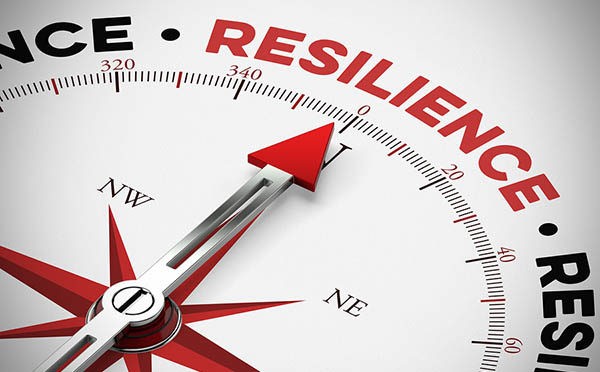🏢 9,000+ Organisations
🏆 6 x L&D/HR Awards
⭐ 4.8/5 Highly Rated
🧠 24 Years' Experience

The best way to answer this question is to look into some of the surveys that have been carried out in workplaces recently and reported by the CIPD.
Before we look at the CIPD research let’s first take a look at a comprehensive study that was made in 2017.
A “Kronos” and “Future Workplace” joint study took place in 2017 and it involved 614 HR leaders from organisations having 100 to 2,500+ employees.
Here’s the output from that study in terms of employee burnout. It includes the scores from the 614 HR leaders.
Employee Burnout
Burnout and Employee Retention
Burnout and Employee Turnover – “Burn and Churn”
Factors Increasing Burnout
Barriers Preventing Burnout
Investment in HR Technology
Budget Issues in Managing Burnout
If you have any doubt about the impact of mental ill health in your workplace, then I have selected the stats below to help you better understand what might be happening.
Key findings
So the statistics tell a clear story and many organisations will report that they have brought in a range of schemes to help their staff. It would seem that these are not having the desired effect and it’s not hard to find expert opinions that question the impact of those training and support programmes.
For example, Louise Aston, the wellbeing campaign director at Business in the Community (BITC), said a “profound cultural shift” was needed so that work enhanced rather than harmed mental health. “People who come to work don’t expect to be physically injured and they should also not expect to be psychologically harmed,” she said. “Too many employers are tinkering at the edges of change rather than making the fundamental differences that are really needed to improve their employees’ mental health.”
We not only need to manage our mental health but we also need to build levels of resilience as well.
Addressing the ongoing stigma and discrimination around Mental Health?
Let’s look at the findings of surveys that have tried to uncover what might be going on.
It should now be obvious to us, that we need to take action to improve our own organisation’s responses.
Here are the opinions of some key experts with their suggestions for creating a more caring workplace.
Opinion leaders
Jill Mead, co-founder and managing director of TalkOut, said: “HR managers and business leaders must take responsibility for ensuring their organisation has a mentally healthy environment where people can talk about mental health in the same way they talk about physical health without fear of consequences.” “If we’re going to make any progress, mental health needs to stop being seen as a taboo, particularly in professional environments, and there needs to be an understanding and acknowledgement that people with mental health conditions can often thrive at work with the right support.”
Professor Sir Cary Cooper, CIPD president, said that while many companies wanted to take high-level action to improve wellbeing, too many simply went for the low-hanging fruit. “They do mindfulness at lunch, diet or exercise, or mental health first aid, but it is not really strategically done,” he said. “All the evidence shows you need to train and select line managers for social or emotional intelligence. We’re not seeing that kind of thing going on.”
So what can we do?
Our challenge is to reflect on the culture of our own organisation and look at what is going on with our employees.
Can your people really talk about their mental health concerns and will you respond in a truly supportive and caring way?
Set the tone for your team and lead the way forward for your organisation by considering your own actions. Would you like to learn more? Our Resilience Training Course will help you and your team to improve your resilience and ability to cope with adversity.
Think burnout might be creeping in? Take our free Burnout Test to check in with yourself – it’s quick and easy.

Written by Sean McPheat
CEO of MTD Training and Amazon bestselling author. Sean writes about leadership, business, and personal growth, drawing on 20+ years of experience helping over 9,000 companies improve performance.
Updated on: 29 January, 2020
Related Articles

Search For More 